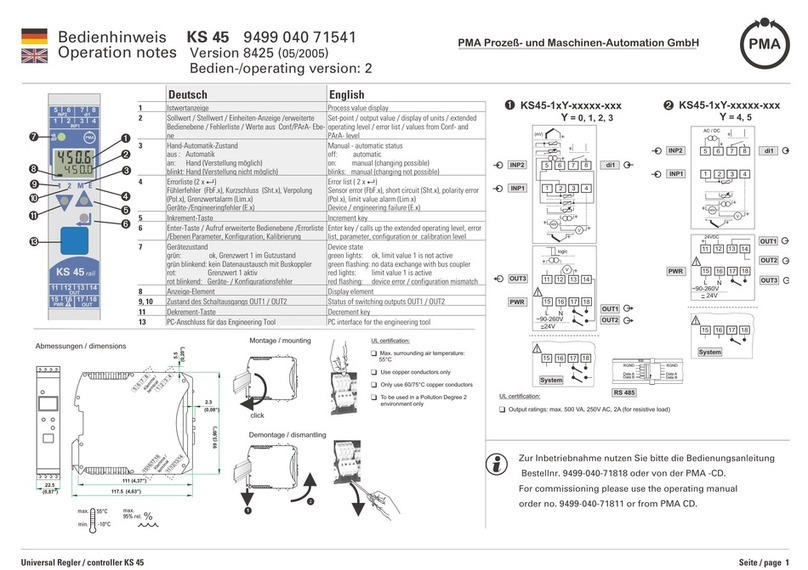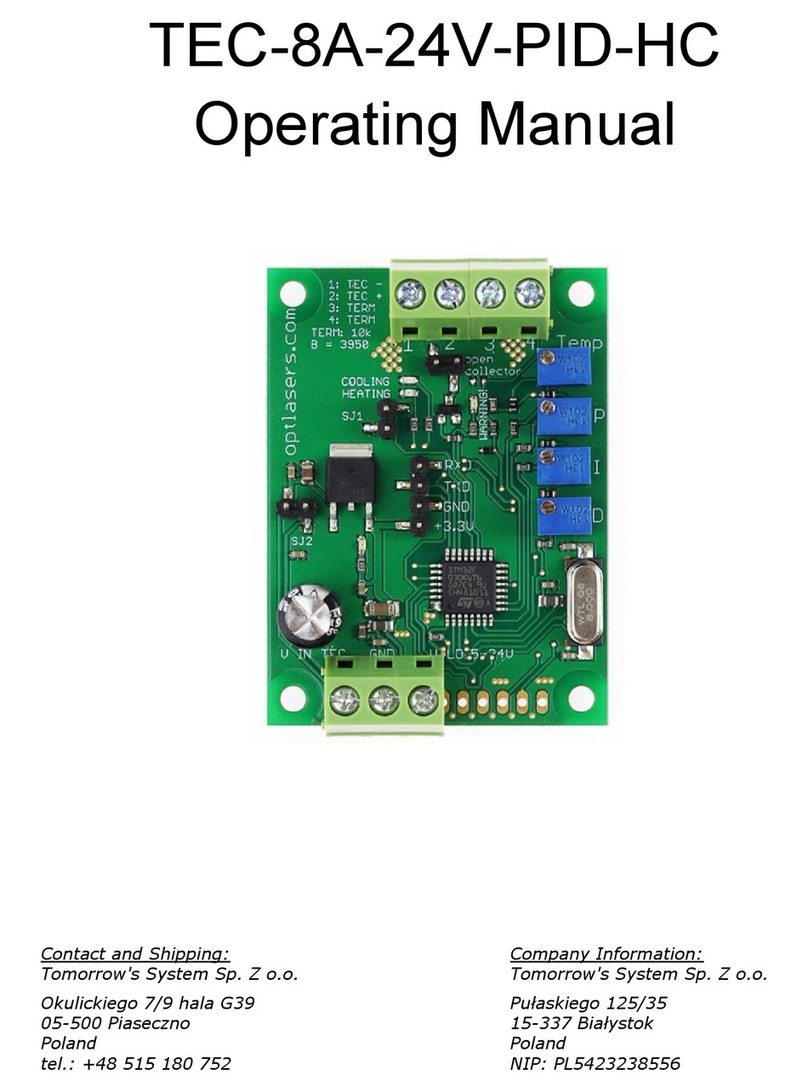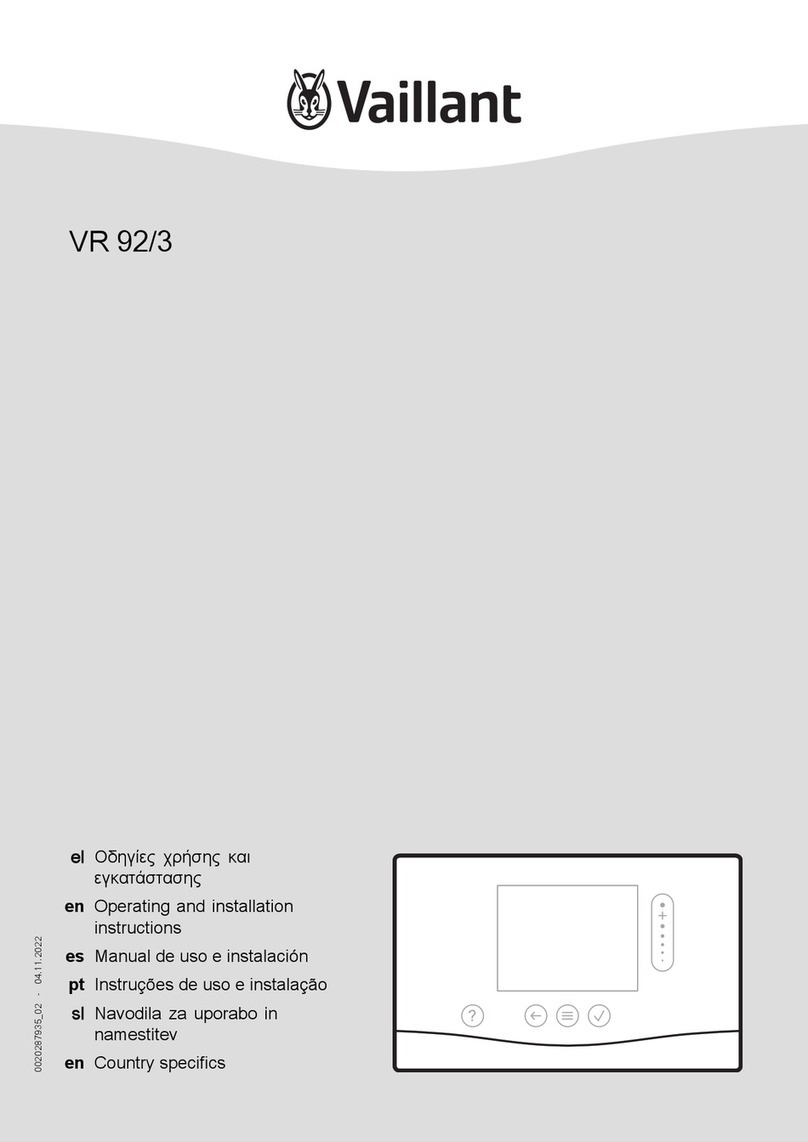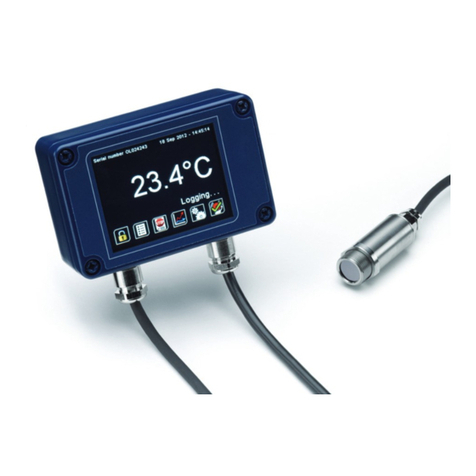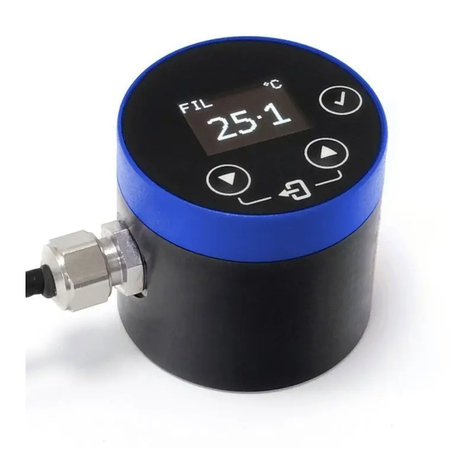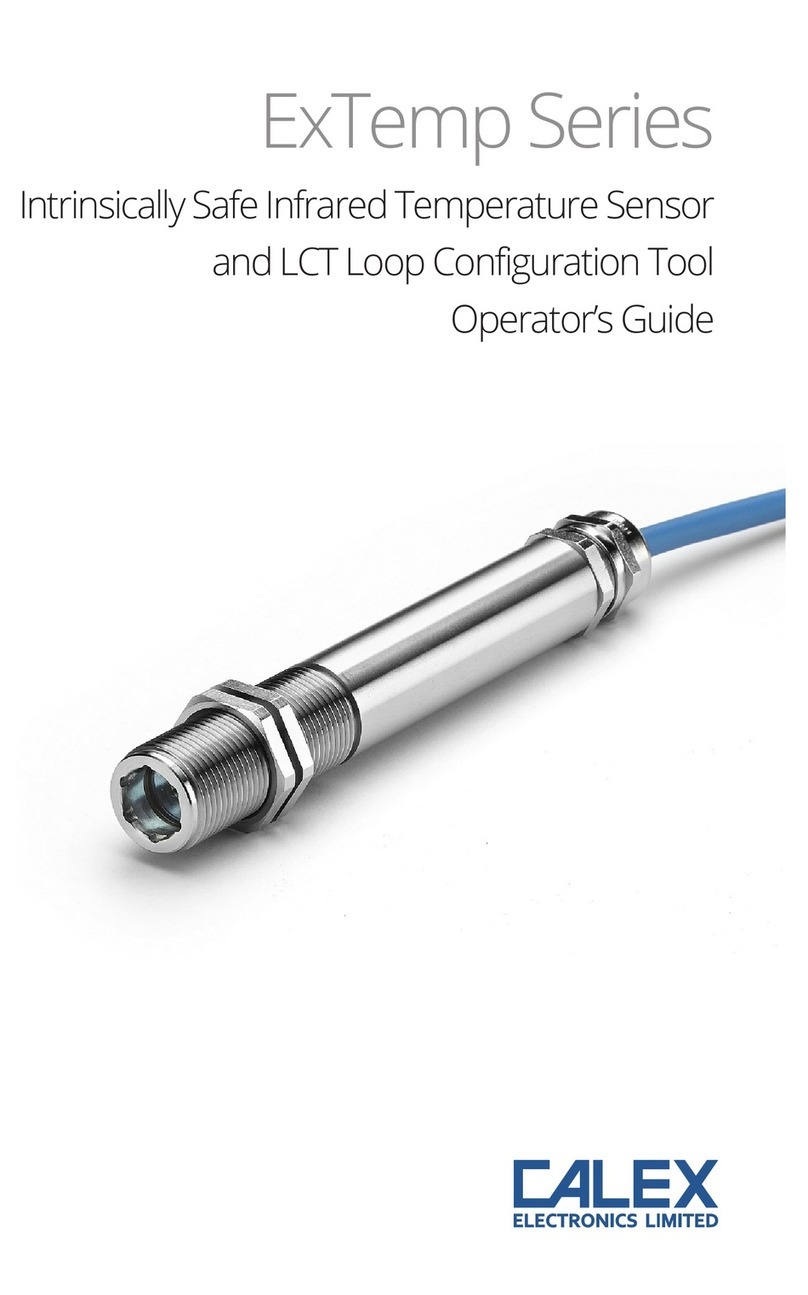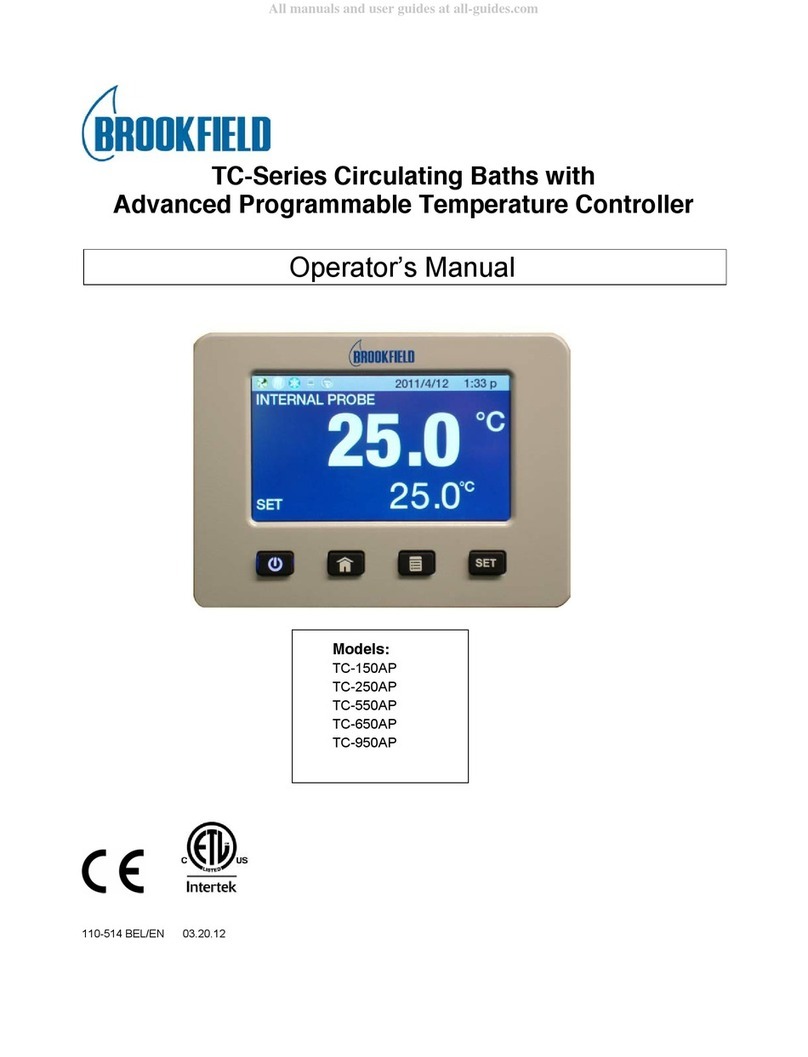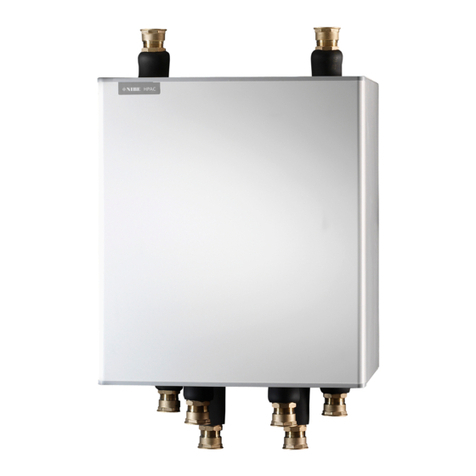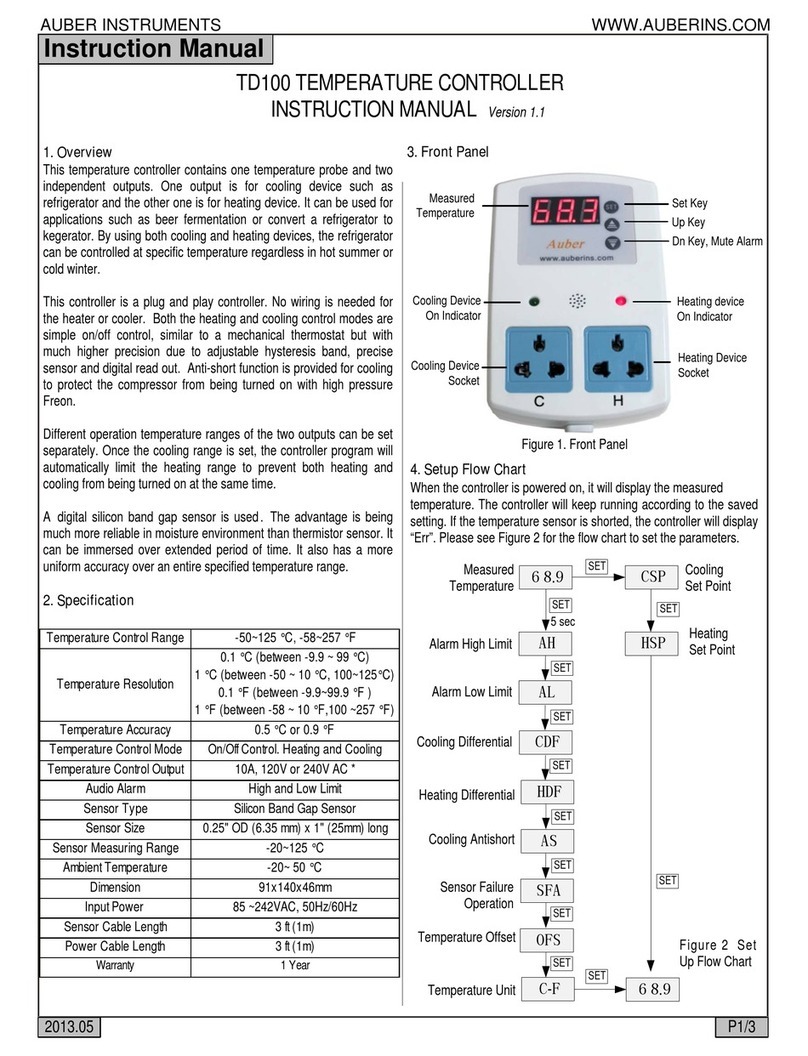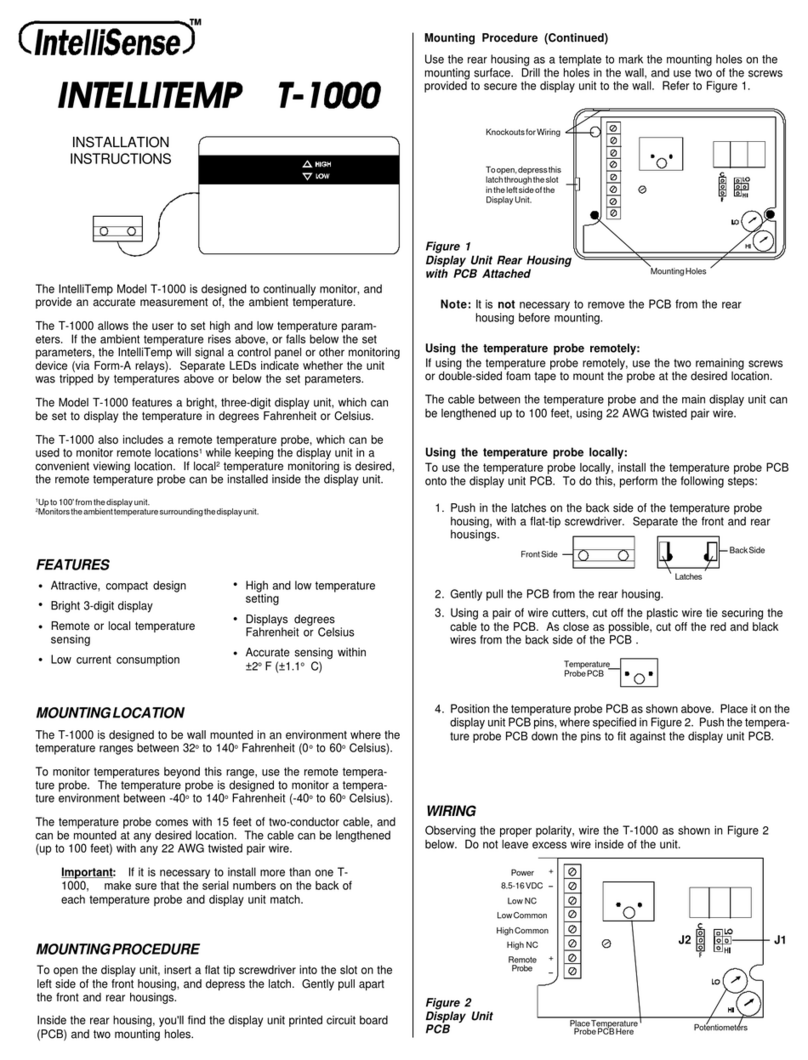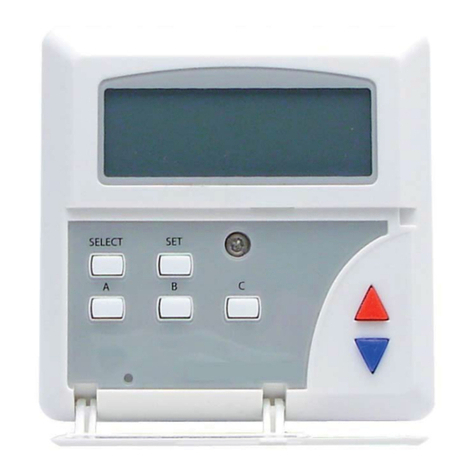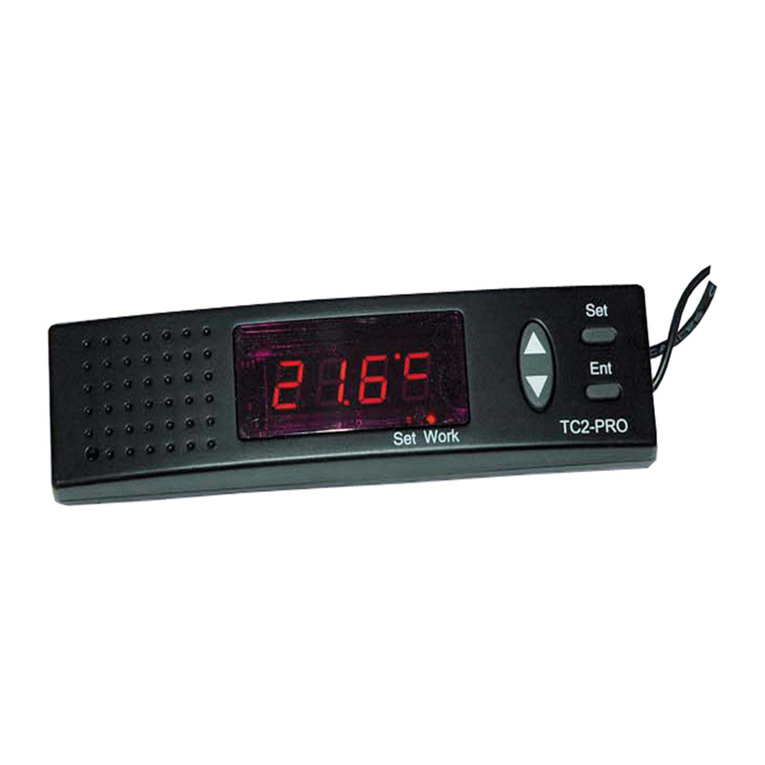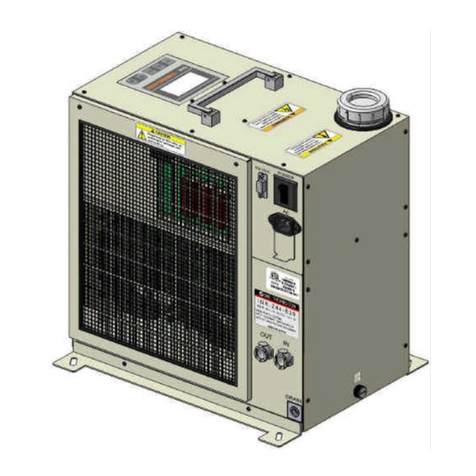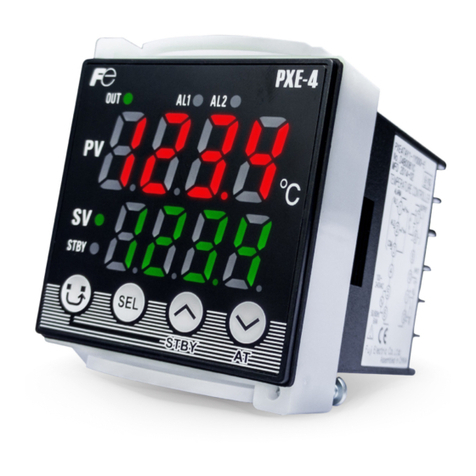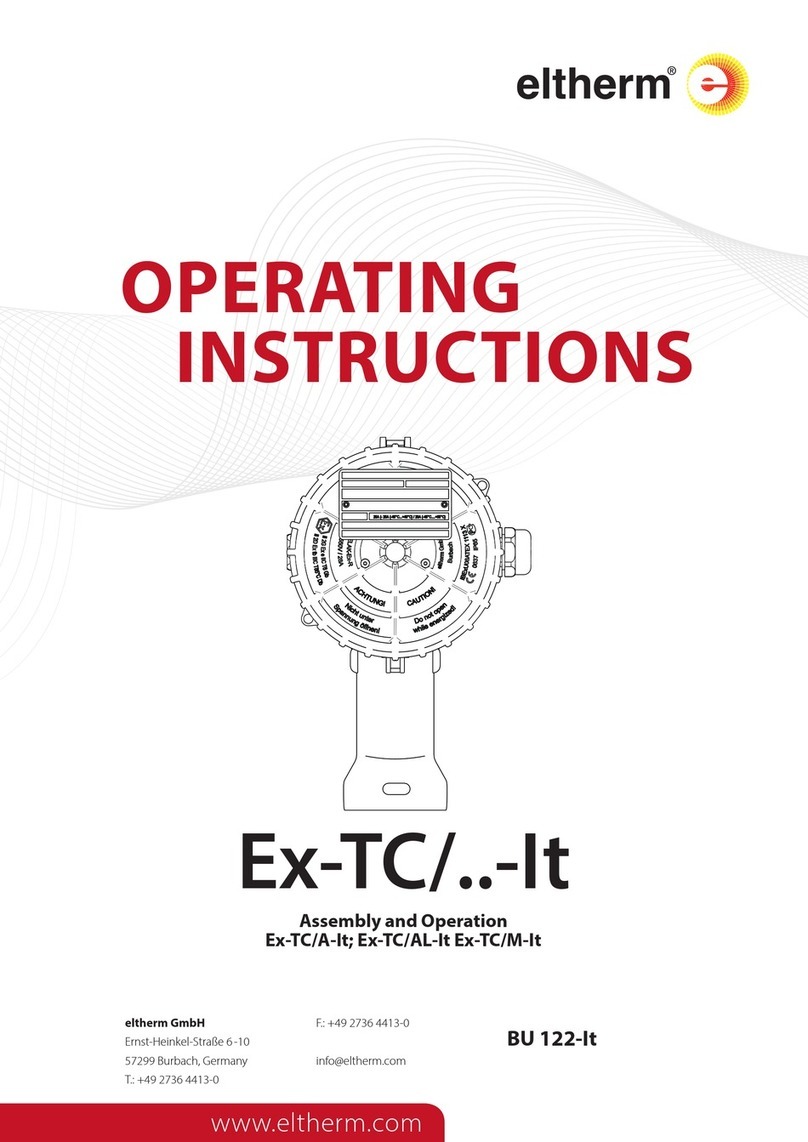Emissivity Adjustment
The default emissivity setting is 0.95. This may be adjusted via the touch screen interface:
Settings Emissivity & Compensation
Enter the emissivity of the target surface here. For more information on how to find the target
emissivity, contact Calex.
Reflected Energy Compensation
Settings Emissivity & Compensation
Some of the infrared energy detected by an infrared temperature sensor is not emitted by the
target, but is a reflection of its surroundings.
To ensure an accurate reading, the sensor needs to know the temperature of the source of
that reflected energy. In most applications, the surfaces that surround the target have the
same temperature as the sensor itself (e.g. the sensor and target are in the same room). The
sensor automatically compensates for the reflected energy, so this setting is not required and
should be switched off.
However, in some applications, the source of the reflected energy (the surroundings of the
target) is much hotter or colder than the sensor itself. In these cases, Reflected Energy
Compensation should be enabled and set to the temperature of the surroundings of the target.
For example: if the target is inside a furnace and the sensor is outside, the reflected energy is
coming from the inner walls of the furnace. Enter the furnace temperature into “Reflected
Temperature” and select “Enable Reflected Energy Compensation”.
For assistance, contact Calex.
Alarm Outputs
The sensor has two alarm relay outputs, rated 24 VDC, 1 A. They are individually
configurable via the touch screen interface.
Each alarm can be configured as Low or High, with set point and hysteresis.
For more information, see “Alarms”.
Touch Screen Interface
The backlit touch screen interface provides a large, bright display of the measured
temperature, two alarm relay outputs, and options for full configuration of the sensor.



